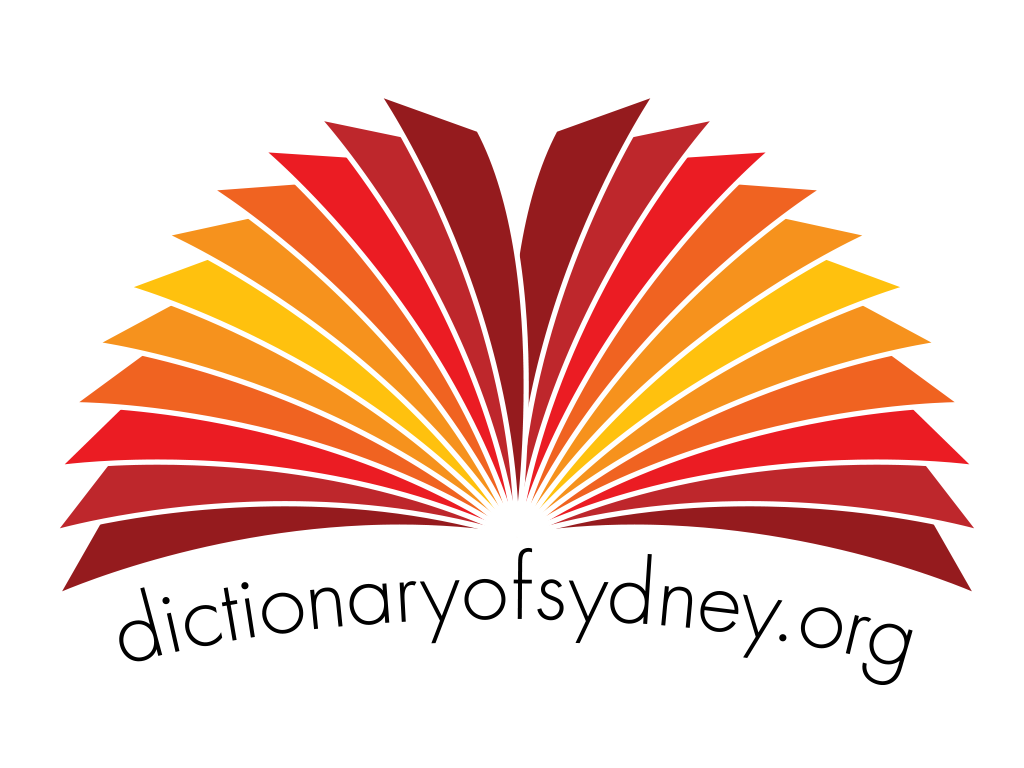The Dictionary of Sydney was archived in 2021.
The Electrical Association for Women
 Electrical Association for Women Cookery Book, compiled and published by Mrs FV McKenzie, Director of the Electrical Association for Women (Australia) Sydney, published by The Electrical Association for Women (Australia), Sydney 1936 (private collection)
Electrical Association for Women Cookery Book, compiled and published by Mrs FV McKenzie, Director of the Electrical Association for Women (Australia) Sydney, published by The Electrical Association for Women (Australia), Sydney 1936 (private collection)
Listen to Lisa and Tess on 2SER here
Electric street lighting was first introduced to Sydney's streets in 1904, courtesy of Sydney Municipal Council and the Sydney Electric Power Station at Pyrmont (now part of the casino). A number of public and private power stations rapidly developed to supply domestic power to suburban Sydney, such as the Balmain Electric Light Company, the Electric Light and Power Supply Company, and the NSW Tramway and Railway Commissioners, who built the Ultimo Power Station and the White Bay Power Station. Domestic consumption grew in the 1920s as electric lighting in the home was enthusiastically taken up, but there was some uncertainty about the safety and uses of electricity for other purposes, and in 1934 an educational association was founded in Sydney by Florence Violet McKenzie to promote the use of electricity to make women's household work easier - it was the Electrical Association of Women (Australia). A similar association had been founded in Britain ten years earlier. No doubt this was the inspiration for McKenzie, a pioneering female electrical engineer and leader in radio communications and signalling. She is one of 200 amazing Australian women profiled in Heather Radi's book 200 Australian Women: A Redress Anthology, (Women's Redress Press, Broadway, NSW, 1988), and of course, we have a great biography of her on the Dictionary of Sydney, written by Catherine Freyne. McKenzie believed in the empowerment of women and the E.A.W. had feminist underpinnings. It was "an Association formed by women to provide for the electrical needs of women". (E.A.W. Cookery Book, p.12), aiming to instil "complete confidence" in the "safe handling" of electrical appliances. The association was non-profit. Women could become members of the Association for a modest annual subscription, and use the club rooms. These were originally located in King Street, Sydney and later moved to the corner of Clarence and Grosvenor Streets, down near Wynyard Station. As well as having a Showroom, fitted out with electrical appliances from different manufacturers, the club rooms included a Library, Bridge-room, Tea-room and Electric Kitchen. Women could receive advice on "all electrical matters", attend lectures on the uses of domestic electrical appliances, and have their appliances tested for safety, whether they were members of the association or not. In conjunction with the Association's activities, McKenzie compiled a cookery book with an electrical guide, encouraging women to be bold and adopt a new technology to transform their lives. Published in 1936, this went to seven editions, the last of which was released in 1954 under the auspices of the Sydney County Council. 'Pikelets being made, and everyone must eat their own!', Electrical Association for Women Cookery Book, compiled and published by Mrs FV McKenzie, Director of the Electrical Association for Women (Australia) Sydney, published by The Electrical Association for Women (Australia), Sydney 1936, p 98-9 (private collection)
'Pikelets being made, and everyone must eat their own!', Electrical Association for Women Cookery Book, compiled and published by Mrs FV McKenzie, Director of the Electrical Association for Women (Australia) Sydney, published by The Electrical Association for Women (Australia), Sydney 1936, p 98-9 (private collection)
Categories
Blog
2SER Breakfast
cooking
Electrical Association for Women
electricity
Lisa Murray
power
sydney history
technology
Tess Connery
Violet McKenzie

